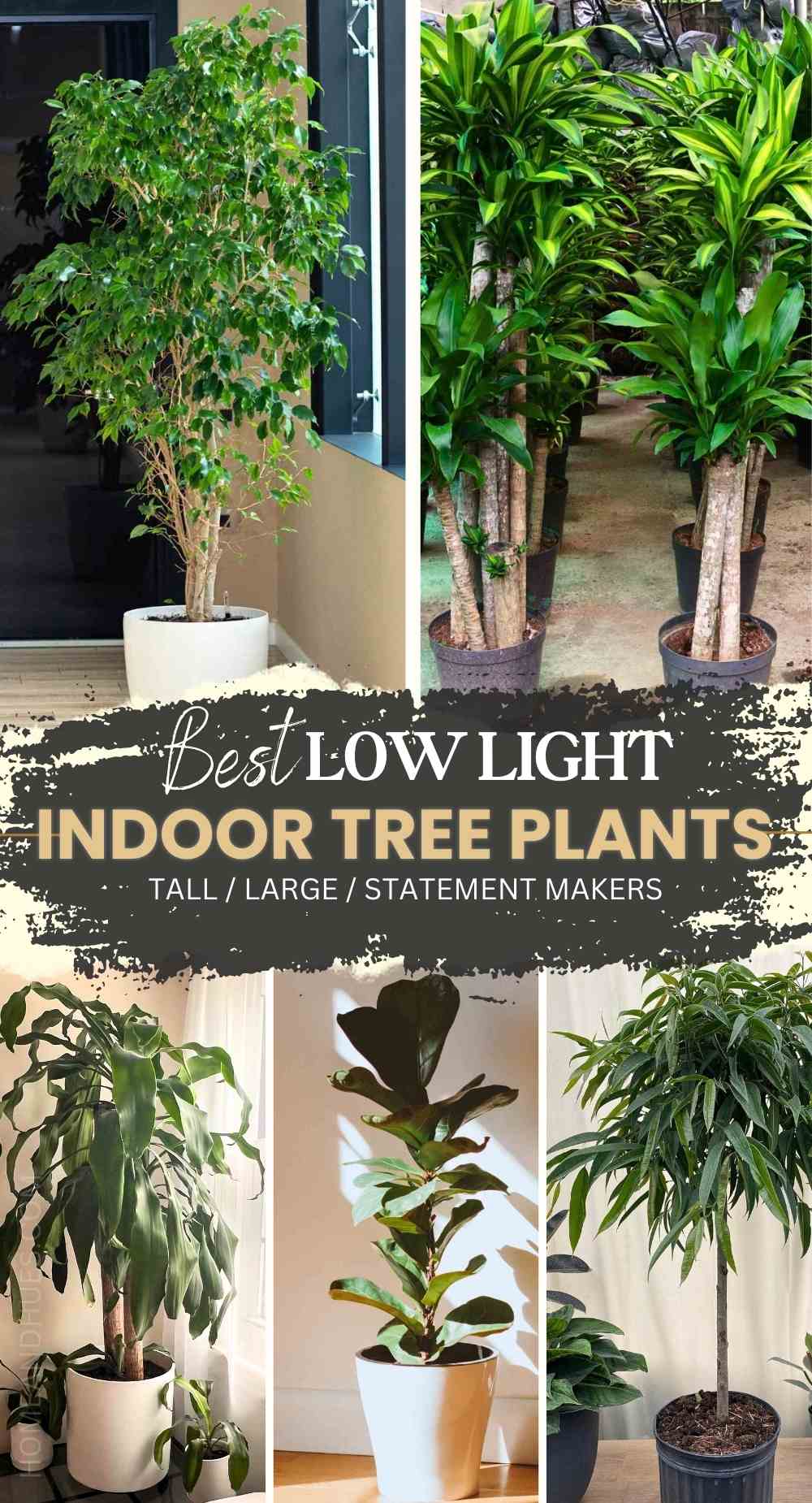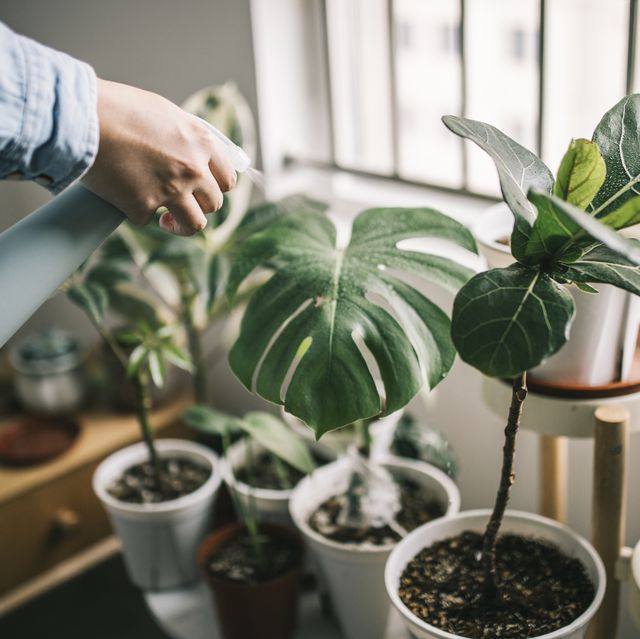The Best Low-Light Indoor Plants That Require Minimal Care and Attention
The Best Low-Light Indoor Plants That Require Minimal Care and Attention
Blog Article
Transform Your Home With Beautiful Low-Light Indoor Plants and Their Advantages
Incorporating low-light indoor plants into your home can considerably enhance both the aesthetic and ecological top quality of your living areas. These plants, which flourish in dark conditions, serve not only as ornamental components however also as all-natural air purifiers, making them perfect for city residents or those with limited sunlight direct exposure. As we discover the different kinds of low-light plants and their benefits, you may discover surprising methods to incorporate them right into your home that can transform your environments in methods you might not have expected.
Advantages of Low-Light Plants
Low-light plants supply countless benefits for indoor atmospheres, making them an exceptional choice for both amateur and skilled gardeners. One of the key benefits is their flexibility to low-light conditions, permitting people to boost their living areas without the need for substantial sunshine exposure. This characteristic makes them perfect for apartments, offices, and other locations with limited all-natural light.

In addition, integrating low-light plants right into home decoration can boost the visual charm of a room. Their rich vegetation and differed structures create a soothing atmosphere, adding to general health. Finally, the existence of greenery has been linked to lowered stress and anxiety degrees and boosted efficiency, making low-light plants a sensible option for improving both physical and psychological health and wellness in indoor setups.
Leading Low-Light Indoor Plants
While numerous indoor plants flourish in brilliant light, several varieties are specifically fit for low-light problems, making them optimal for numerous interior rooms. One preferred choice is the Snake Plant (Sansevieria), recognized for its striking upright fallen leaves and durability, needing minimal treatment. An additional superb choice is the Pothos (Epipremnum aureum), which includes heart-shaped leaves and can trail beautifully from shelves or wall mounts, flourishing in reduced light and adding a rich touch.
The ZZ Plant (Zamioculcas zamiifolia) is commemorated for its shiny leaves and capability to withstand disregard, making it perfect for busy lifestyles. The Tranquility Lily (Spathiphyllum) not just tolerates low light but likewise creates magnificent white blossoms, improving any type of space's visual.
For a special touch, take into consideration the Cast Iron Plant (Aspidistra elatior), which undoubtedly lives up to its name, prospering in the darkest edges of your home. Lastly, the Chinese Evergreen (Aglaonema) provides a selection of leaf patterns and colors while being incredibly flexible in low-light conditions. These plants not only beautify interior atmospheres but also add to air filtration, enhancing your home.
Care Tips for Low-Light Plants

Watering techniques are important; these plants typically favor slightly dry problems. Overwatering can lead to root rot, so make certain that the top inch of soil is dry before watering once again. Use pots with drain holes to enable excess wetness to escape.
Moisture is one more important aspect. Lots of low-light plants, such as brushes and peace lilies, take advantage of higher moisture levels. To increase humidity, consider misting the leaves or putting a tray of water near the plants.
Fertilization must be come close to with caution. Throughout the growing period, use a diluted, balanced fluid fertilizer on a monthly basis to support development, however avoid feeding during the dormant winter season months.

Innovative Ways to Show Plants
Indoor plants can work as exciting centerpieces in any room, boosting both aesthetic charm and setting. Creative display screens can elevate the visual impact of low-light plants, making them an essential part of your home style. One reliable technique is to utilize tiered plant stands, which allow you to showcase several plants at varying heights while optimizing flooring space.
Hanging planters are another cutting-edge option, developing a feeling of deepness and drawing the eye upward. Think about macramé hangers or wall-mounted shelves to introduce a special texture and style.
For an extra structured approach, use geometric terrariums or glass containers to house your plants, including a modern-day touch to your indoor garden. You can additionally repurpose vintage products, such as teacups or wooden pet crates, for an eclectic display screen that mirrors your individuality.
Enhancing Home Ambiance With Plants
Incorporating low-light plants into your home read more not only improves aesthetic appeal yet likewise adds considerably to the general setting. These plants work as all-natural decoration aspects, presenting a sense of tranquility that can change any kind of room. The presence of greenery promotes a soothing environment, which is specifically advantageous in high-stress environments such as home offices or living spaces.
Low-light plants, such as serpent plants, pothos, and ZZ plants, are not just visually pleasing however likewise improve indoor air quality by filtering contaminants. This dual feature enhances the ambiance even more, producing a healthier home (Best low-light indoor plants). The critical placement of these plants can likewise influence the understanding of room; for example, tall plants can attract the eye upward, making ceilings appear higher and spaces much more spacious
Furthermore, varying textures and colors of foliage include deepness to interior decoration, permitting for creative expression in home styling. Whether positioned on racks, in edges, or as centerpieces, low-light plants can elevate the state of mind of any room. In recap, including these plants right into your home is an effective way to foster a warm, inviting environment while enjoying the benefits of boosted air high quality and aesthetic flexibility.
Verdict
Integrating low-light indoor plants into home settings provides many benefits, consisting of boosted aesthetic appeal and improved air top quality. These resistant plants, such as the Snake go now Plant and Tranquility Lily, require very little light and upkeep, making them suitable for varied way of livings. Their capability to filter contaminants adds to a much healthier home, while their diverse structures and colors enhance indoor decoration (Best low-light indoor plants). Inevitably, the addition of low-light plants fosters a peaceful and welcoming atmosphere, changing any kind of home right into a serene sanctuary.
While several indoor plants prosper in intense light, numerous varieties are specifically fit for low-light problems, making them perfect for different interior rooms. One efficient method is to use tiered plant stands, which permit you to showcase multiple plants at differing heights while taking full advantage of floor space.
Low-light plants, such as serpent plants, pothos, and ZZ plants, are not just visually pleasing however also improve interior air quality by filtering system toxins. Best low-light indoor plants. The calculated placement of these his response plants can likewise affect the assumption of room; for circumstances, high plants can draw the eye upward, making ceilings appear higher and spaces much more large
These durable plants, such as the Snake Plant and Tranquility Lily, require marginal light and upkeep, making them suitable for varied lifestyles.
Report this page